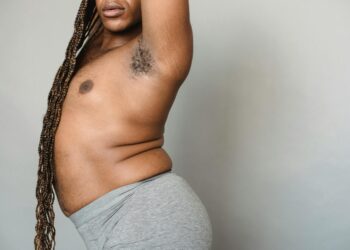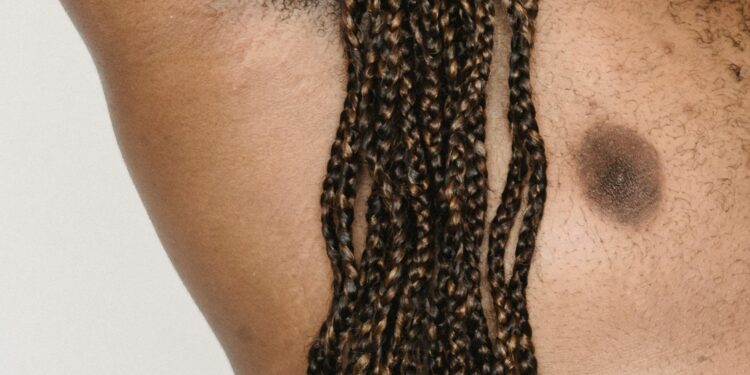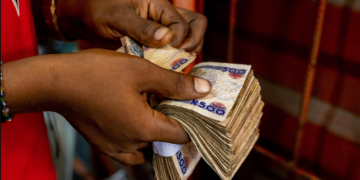A woman suffering from a severe skin problem admitted on video that she smells like a dumpster. Mott has hidradenitis suppurativa, which causes intermittent flare-ups. Hidradenitis Suppurativa is a skin condition in which painful lumps and pus-filled bumps develop beneath the skin as a result of friction. There is a period during which the symptoms of hidradenitis suppurativa, also known as acne inversa, worsen; this is referred to as hidradenitis suppurativa flares.
“The scent that is coming from my underarm right now is awful,” Mott stated in the same video. In situations such as hidradenitis suppurativa, pus-filled bumps rupture and leak, resulting in a distinct foul stench. Mott adds that leaky lumps are just one of the numerous issues she has to cope with while living with HS.

Causes of HS Odor During Flares
There are two main explanations for odor in HS flare-ups. The first is an accumulation of sweat, bacteria, and dead skin cells. Clogged pores, like acne, are a contributing factor to hidradenitis suppurativa. However, as the skin’s hair follicles get blocked with bacteria and dead skin cells, sweat is trapped inside the follicles, creating an ideal environment for these bacteria to multiply. When the bacteria multiply, they break down the trapped sweat and skin cells, producing an unpleasant stench.
Second, clogged hair follicles can cause bumps and boils in areas such as the armpits, thighs, buttocks, and beneath the breast. When bacteria causes an infection or inflammation on the skin, the immune system responds by sending white blood cells, specifically neutrophils, to the affected area.
Like any war, death occurs. So, in the process of fighting these harmful bacteria, some of these white blood cells die, which then contributes to the formation of pus. When dead white blood cells mix with bacteria and liquified tissues, they produce an unpleasant odor, much like a dumpster, as Mott describes.
Are There Any Complications of Hidradenitis Suppurativa?
The recurrent boil can get infected due to incorrect cleaning, friction between affected areas and the skin surface, and inappropriate draining of the pus in the boil, which can leave behind residue that is ideal for bacteria to grow in.
Because these bumps are recurring, there will be an ongoing cycle of healing and regeneration, which may leave scars on the skin. This skin condition is quite persistent, and because of its severity and visibility, it can create emotional discomfort and depression, which can interfere with a person’s daily life.
Treatment of Hidradenitis Suppurativa
There is currently no cure for this condition. However, doctors and researchers have developed viable therapy options for this condition.
Topical treatment: Applying creams, lotions, and gels directly to the affected regions helps to unclog pores, prevent the formation of new lesions, and lessen inflammation and infection on the skin’s surface. Examples of topical treatment for HS include clindamycin (Cleocin T, Clinda-Derm), solution/gel, gentamicin collagen sponge, and erythromycin 3% gel.
Oral treatment: Typically, hormonal and antibiotic oral treatments are given to patients. The goal of the hormonal medicines are to control hormone levels that may be a factor in hidradenitis suppurativa.
Surgery: In very severe cases, the skin of the affected area is removed to reduce symptoms and avoid recurrence.
Conclusion
In situations such as hidradenitis suppurativa, pus-filled bumps rupture and leak, resulting in a distinct foul stench.
Mott adds that leaky lumps are just one of the numerous issues she has to cope with while living with HS. There are two main explanations for odor in HS flare-ups which include pus drainage and buildup of bacteria, sweat and dead skin cells.
There is currently no cure for this condition. However, doctors and researchers have developed viable therapy options for this condition such as surgery, and the use of topical and oral medication.

















